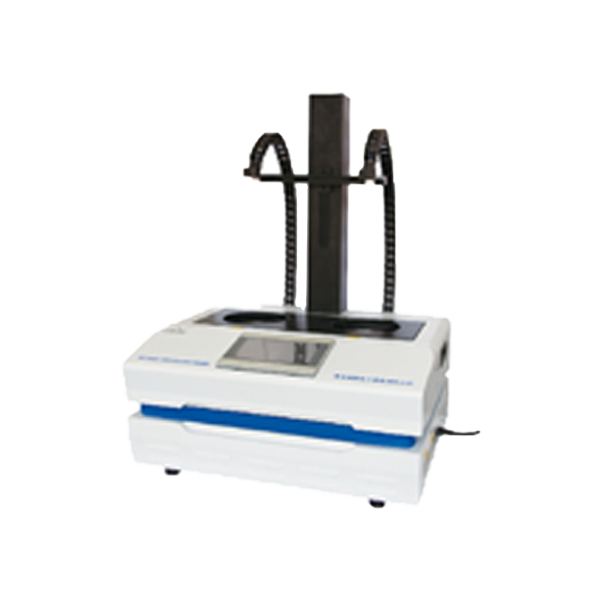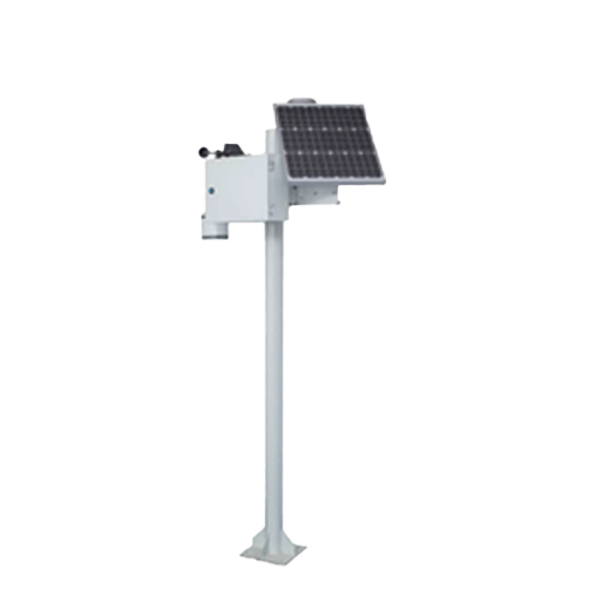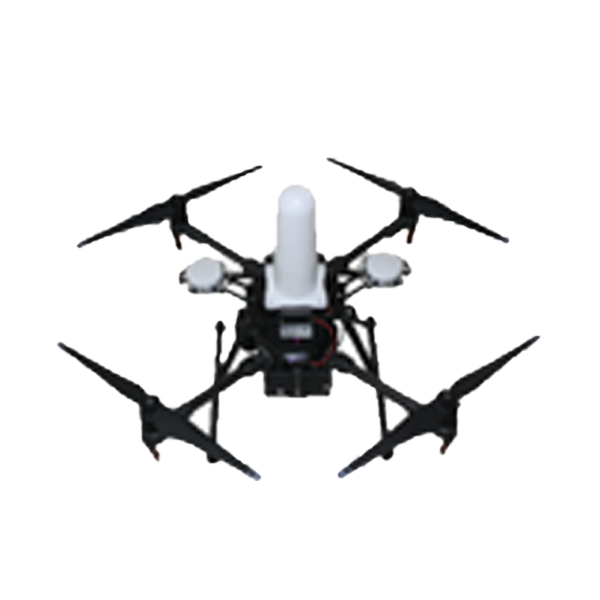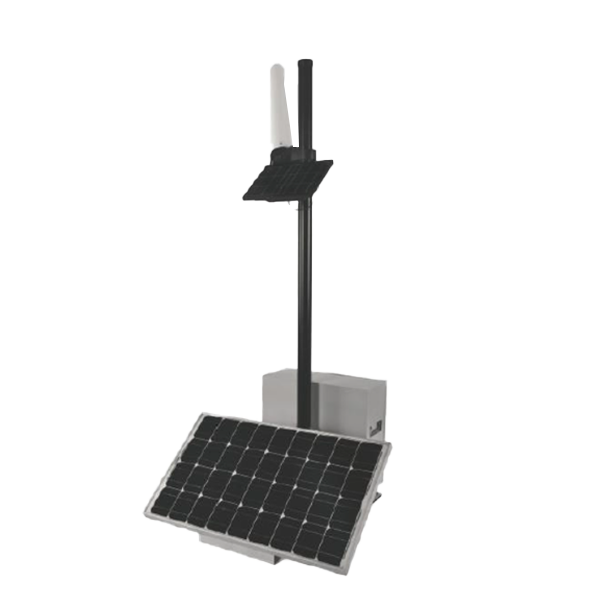hotline:020-29026320 |13903018415
-
-

Radiation detection instrumentation
-
HYGP-2223 exposure type X, γ radiation measuring instrument
-
HYGP-2223BX, gamma dose rate meter (with tripod)
-
FI-329M intelligent household nuclear radiation detector
-
HY-2000M digital multi-channel gamma spectrometer
显示更多 -
-

Laboratory Equipment
-
Radioactive distillation apparatus in water
-
2200Q portable turbidity meter
-
SPE Solid Phase Extraction Device
-
Portable spectrophotometer
显示更多 -
-

Portable environmental monitoring equipment
-
VOCs gas analyzer
-
Portable handheld VOC detector
-
Portable all-in-one multi-parameter analyzer
-
Dust detector
显示更多 -
-

Environmental online monitoring system
-
CM-WG8200 grid air quality detection system
-
On-line monitoring system for CM-VOCs-5000 volatile organic compounds
显示更多 -
-

UAV Online Environmental Monitoring
-
OS-2 UAV Electromagnetic Environment Monitoring System
-
Nuclear emergency radioactive source search UAV
-
UAV Monitoring System
显示更多 -
-

On-line Monitoring System of Electromagnetic Radiation
-
On-line Monitoring System of Electromagnetic Radiation
-
Automatic Monitoring System of HYEH460 Electromagnetic Radiation
-
HY-900A launch type radiation environment automatic monitoring station
-
OS-8 S Frequency Selective Electromagnetic Environment Online Monitoring System
显示更多 -
-
Unraveling the Mysteries of Radiation: How It Works
2025-07-15
Understanding Radiation: A Quick Overview
So, let’s dive right in! Radiation, or Radiation in Chinese, refers to the emission of energy in the form of waves or particles. It’s a term that often conjures up images of superhero mutations or sci-fi disasters, but fear not! The reality is much more nuanced. Radiation exists all around us, from the sunlight kissing your skin to the invisible cosmic rays showering from the universe.
The Science Behind Radiation
Now, you might be wondering, how does this all work? At its core, radiation can be categorized into two main types: ionizing and non-ionizing. Ionizing radiation carries enough energy to knock electrons off atoms, creating charged particles. Think of it as a high-energy game of dodgeball, where the players (electrons) are knocked out of the field. This type includes gamma rays and X-rays, which are often used in medical imaging.
On the flip side, non-ionizing radiation includes less energetic forms like radio waves and microwaves. It’s the gentle giant of the radiation family, used in everything from your microwave oven to your favorite radio station. Even your smartphone emits a bit of this radiation when you’re scrolling through TikTok.
How Does Radiation Work in Everyday Life?
Let’s take a moment to appreciate how radiation impacts our daily lives. Ever heard of radiation therapy? It’s a medical treatment that harnesses the power of ionizing radiation to target and destroy cancer cells. Pretty cool, right? It’s like a targeted missile aiming for the bad guys, while leaving the good cells mostly unharmed.
But wait, there’s more! Radiation is also crucial in the world of energy production. Nuclear power plants utilize controlled nuclear reactions to generate electricity, providing a significant chunk of the world's energy supply. Talk about making the most out of radiation!
The Risks and Rewards of Radiation
Of course, with great power comes great responsibility. While radiation has its perks, it also poses risks. Prolonged exposure to high levels of ionizing radiation can lead to serious health issues, including cancer. That's why safety measures are paramount in industries that deal with radiation. Think of it like wearing a seatbelt; it’s all about minimizing risk!
On the other hand, non-ionizing radiation is generally considered safe at typical exposure levels. However, as technology advances, debates about the long-term effects of prolonged exposure to things like cell phone radiation continue to bubble up. What’s the verdict? Well, the jury's still out, but it’s always wise to stay informed.
The Future of Radiation Technology
So, what’s next for our good friend, radiation? With advancements in technology, we’re likely to see even more innovative uses. Researchers are exploring radiation in areas like cancer treatment, food safety (hello, radiation pasteurization!), and even space exploration. Just imagine astronauts harnessing radiation for energy on Mars—now that’s a mission worth cheering for!
Final Thoughts
In conclusion, radiation or Radiation might seem like a daunting concept, but it’s woven into the fabric of our daily lives. From the medical field to energy production, understanding how radiation works gives us the power to harness its benefits while keeping its risks at bay. So, the next time you bask in the sun or heat your leftovers, remember, you’re experiencing the wonders of radiation firsthand!
Previous Page:

COOKIES
Our website uses cookies and similar technologies to personalize the advertising shown to you and to help you get the best experience on our website. For more information, see our Privacy & Cookie Policy
COOKIES
Our website uses cookies and similar technologies to personalize the advertising shown to you and to help you get the best experience on our website. For more information, see our Privacy & Cookie Policy
These cookies are necessary for basic functions such as payment. Standard cookies cannot be turned off and do not store any of your information.
These cookies collect information, such as how many people are using our site or which pages are popular, to help us improve the customer experience. Turning these cookies off will mean we can't collect information to improve your experience.
These cookies enable the website to provide enhanced functionality and personalization. They may be set by us or by third-party providers whose services we have added to our pages. If you do not allow these cookies, some or all of these services may not function properly.
These cookies help us understand what you are interested in so that we can show you relevant advertising on other websites. Turning these cookies off will mean we are unable to show you any personalized advertising.
online message
Telephone:13903018415(Manager Wang)
Business: 020-29026320
E-mail:wangxueli@haiyoukj.com
Address: Room 703, Tian 'an Innovation Building, Panyu Energy Saving Science Park, 555 Panyu Avenue North, Donghuan Street, Panyu District, Guangzhou

Sweep code attention

